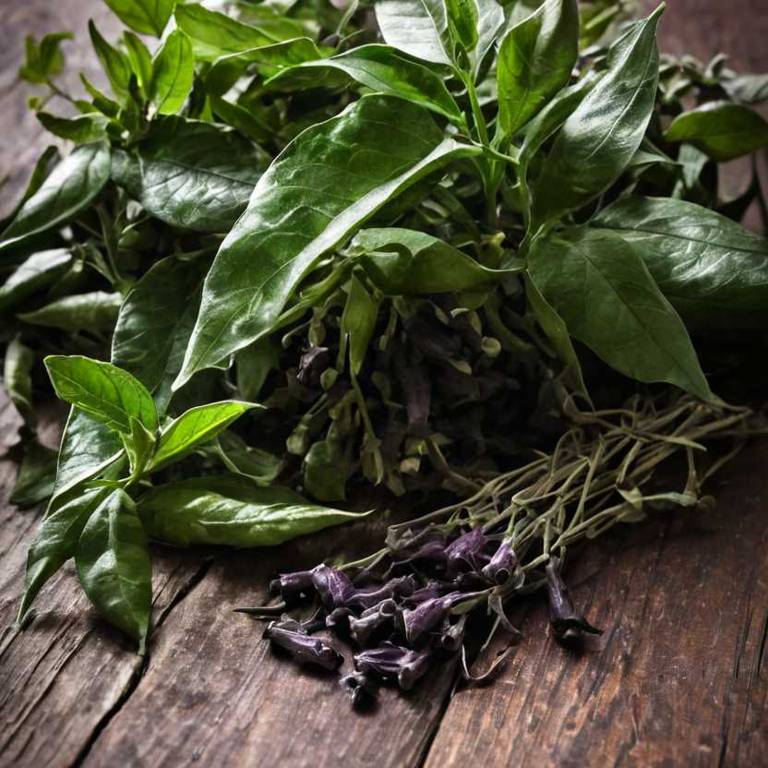Atropa Belladonna: What To Know Before Using It For Medicinal Purposes

Atropa belladonna, commonly known as deadly nightshade, has a long history of use in medicinal practices despite its highly toxic nature.
The plant contains tropane alkaloids such as atropine, scopolamine, and hyoscyamine, which have been utilized for their anticholinergic properties. Historically, it was used in eye treatments to dilate pupils, a practice that gave it the name "belladonna," meaning "beautiful lady" in Italian. Today, its alkaloids are extracted and used in modern medicine for conditions such as asthma, gastrointestinal disorders, and pre-anesthetic medications.
However, due to its potent toxicity, it requires strict medical supervision and is not used in traditional herbal remedies anymore.
Health Benefits
Atropa belladonna has several health benefits, such as its potential use in treating certain types of pain and inflammation.
It contains alkaloids like atropine, scopolamine, and hyoscyamine, which have anticholinergic properties that can help alleviate symptoms of gastrointestinal disorders. In traditional medicine, it has been used to manage conditions like iritis and glaucoma due to its ability to dilate the pupils and reduce intraocular pressure. However, it is important to note that Atropa belladonna is highly toxic and should only be used under strict medical supervision.
Its medicinal applications are limited and require precise dosing to avoid severe side effects.
10 Best Health Beneift of Atropa belladonna
Bioactive Constituents
Atropa belladonna has several bioactive constituents, such as atropine, scopolamine, and hyoscyamine, which are tropane alkaloids known for their anticholinergic properties.
These compounds primarily act by blocking acetylcholine receptors, leading to effects such as mydriasis, cycloplegia, and reduced secretions. Historically, these alkaloids were used in medicine for their ability to dilate the pupils and relax smooth muscles, making them valuable in ophthalmology and gastrointestinal treatments. However, due to their potent and potentially toxic nature, their use is now highly regulated and limited to specific therapeutic applications under strict medical supervision.
Despite their risks, these bioactive constituents remain important in pharmacology for their unique physiological effects.
Medicinal Preparations
Atropa belladonna has several medicinal preparations, such as teas, tinctures, and extracts, which have been historically used for their potent alkaloid content.
These preparations were traditionally employed in small, controlled doses for their anticholinergic effects, which can induce pupil dilation, reduce secretions, and alleviate certain gastrointestinal spasms. However, due to the plant's highly toxic nature, modern usage is largely restricted to pharmaceutical formulations under strict medical supervision. Today, belladonna alkaloids are used in the treatment of conditions like iritis, gastrointestinal disorders, and as an adjunct in anesthesia.
Despite its historical significance, the preparation and administration of Atropa belladonna require extreme caution to prevent poisoning and adverse effects.
Side Effects
Atropa belladonna can have some side effects, such as dry mouth, blurred vision, and difficulty swallowing.
In higher doses, it may cause severe symptoms like hallucinations, confusion, and rapid heartbeat. Prolonged use or overdose can lead to life-threatening conditions including respiratory failure and cardiac arrest. It is particularly dangerous for children and individuals with pre-existing health conditions.
Due to its potent toxicity, Atropa belladonna should only be used under strict medical supervision.